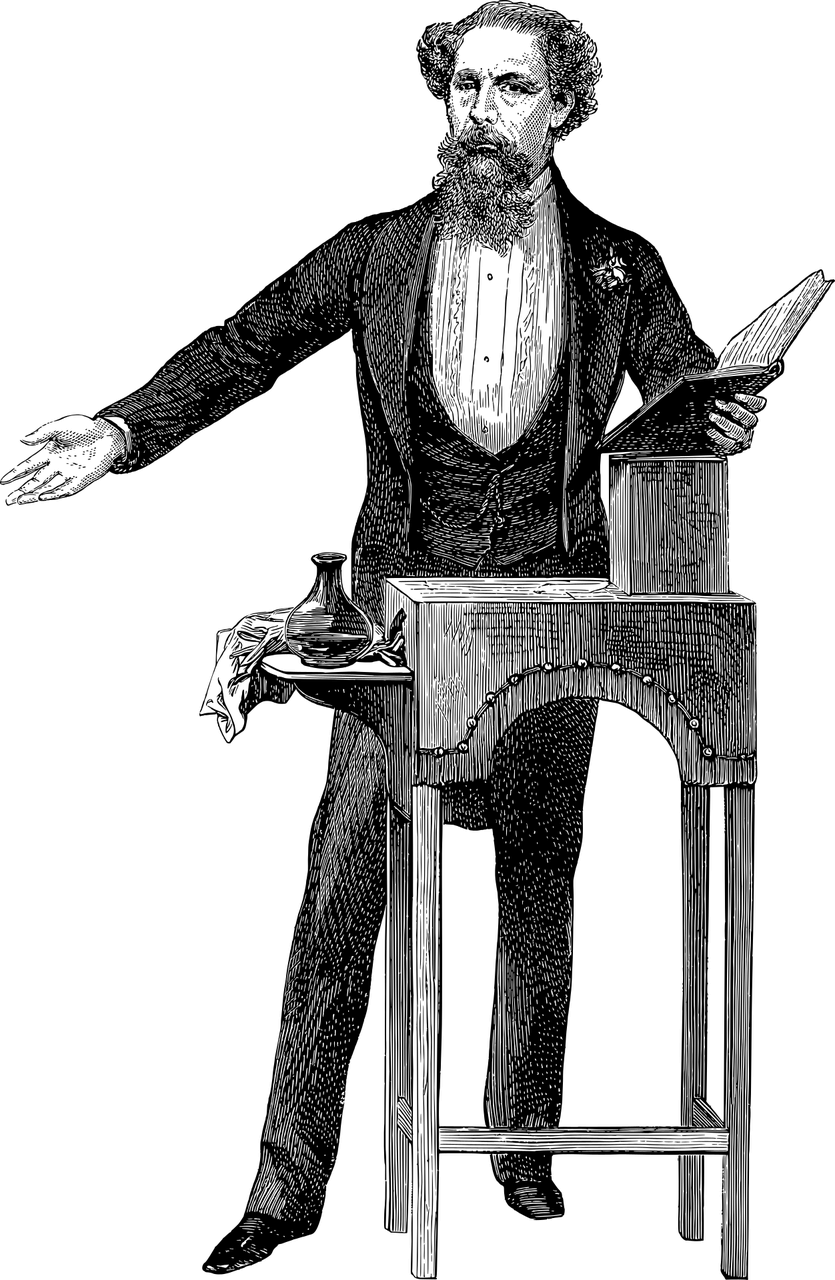Jane Austens Pride and Prejudice is one of the most beloved and influential novels in English literature

Published in 1813, this timeless masterpiece has captivated readers for generations with its wit, social commentary, and unforgettable characters. In this article, we will explore the significance of “Pride and Prejudice” and its evolution over time.
I. Introduction to “Pride and Prejudice”
“Pride and Prejudice” is a novel written by Jane Austen, an English author who lived from 1775 to 1817. Set in 19th-century England, the story revolves around the Bennet family and their five daughters. At its core, the novel explores themes of love, marriage, social class, and the constraints placed on women in society.
A. Key Characters

1. Elizabeth Bennet: The protagonist and second eldest daughter of the Bennet family. She is intelligent, vivacious, and possesses a keen wit.
2. Mr. Darcy: A wealthy and proud gentleman who initially earns the disapproval of Elizabeth but eventually proves his worth.
3. Jane Bennet: Elizabeth’s eldest sister, known for her beauty, kindness, and gentle nature.
4. Mrs. Bennet: The mother of the Bennet daughters, whose main ambition is to see her daughters married well.
5. Mr. Bennet: The father of the Bennet daughters, known for his dry humor and indifference towards social conventions.
B. Plot Summary
“Pride and Prejudice” follows Elizabeth Bennet as she navigates the challenges of finding love and happiness in a society where status and wealth are paramount. The story unfolds as the Bennet sisters encounter various suitors, including the arrogant Mr. Darcy and the charming but deceitful Mr. Wickham. Through misunderstandings, misconceptions, and personal growth, the characters learn valuable lessons about love, self-identity, and societal expectations.
II. Historical Development of “Pride and Prejudice”
A. Initial Reception
Upon its publication, “Pride and Prejudice” received mixed reviews. Some critics praised Austen’s portrayal of social conventions and the realism of her characters, while others deemed the novel frivolous and lacking in moral value. However, the novel’s popularity grew steadily, with readers appreciating Austen’s skillful storytelling and sharp wit.
B. Influence and Legacy
Over the years, “Pride and Prejudice” has become revered as a classic work of literature. Its impact can be seen in various forms of media, including adaptations for stage, film, and television. The novel’s enduring popularity is a testament to Austen’s ability to capture universal themes that resonate with readers across generations.
III. Structuring the Text for Featured Snippet Optimization
1. “Jane Austen’s Pride and Prejudice: A Timeless Classic”
2. Introduction to “Pride and Prejudice”
3. Key Characters:
– Elizabeth Bennet
– Mr. Darcy
– Jane Bennet
– Mrs. Bennet
– Mr. Bennet
4. Plot Summary:
– Elizabeth’s quest for love and happiness
– Suitors and their impact on her journey
– Lessons learned about love and societal expectations
5. Historical Development of “Pride and Prejudice”:
a. Initial Reception:
– Mixed reviews and differing opinions
b. Influence and Legacy:
– Growing appreciation for Austen’s storytelling and wit
6. Impact on Literature and Media:
– Adaptations for stage, film, and television
– Enduring popularity and universal themes
7. Conclusion: Reflections on the continued relevance and influence of “Pride and Prejudice” in today’s society.
In conclusion, Jane Austen’s “Pride and Prejudice” is a literary masterpiece that continues to captivate readers with its timeless themes and memorable characters. From its initial publication to its enduring legacy, the novel has left an indelible mark on literature and popular culture. Whether it’s exploring the complexities of love or challenging societal norms, “Pride and Prejudice” remains a poignant and relevant work that continues to resonate with audiences worldwide.
References:
– Austen, Jane. Pride and Prejudice. Penguin Classics, 2003.
– Keegan, Martha. Jane Austen: A Life. Vintage, 2012.











